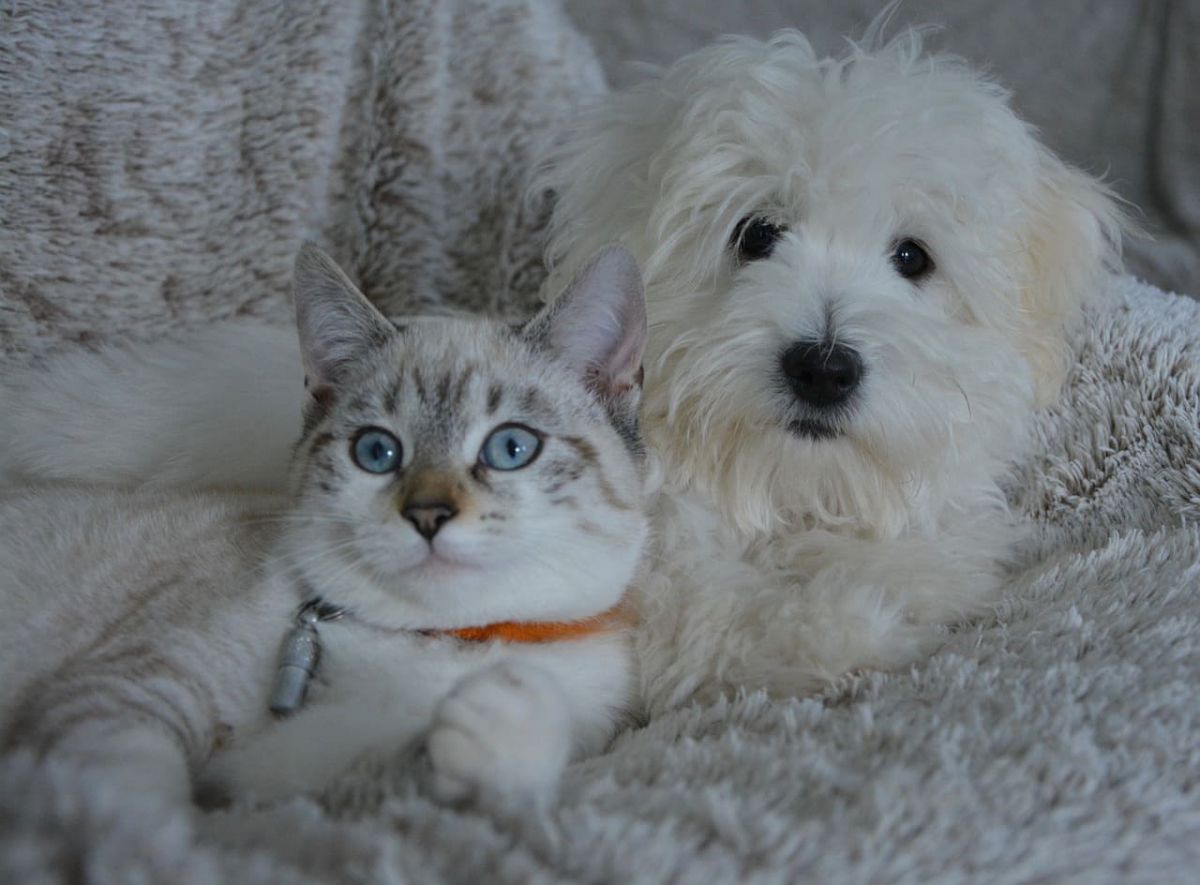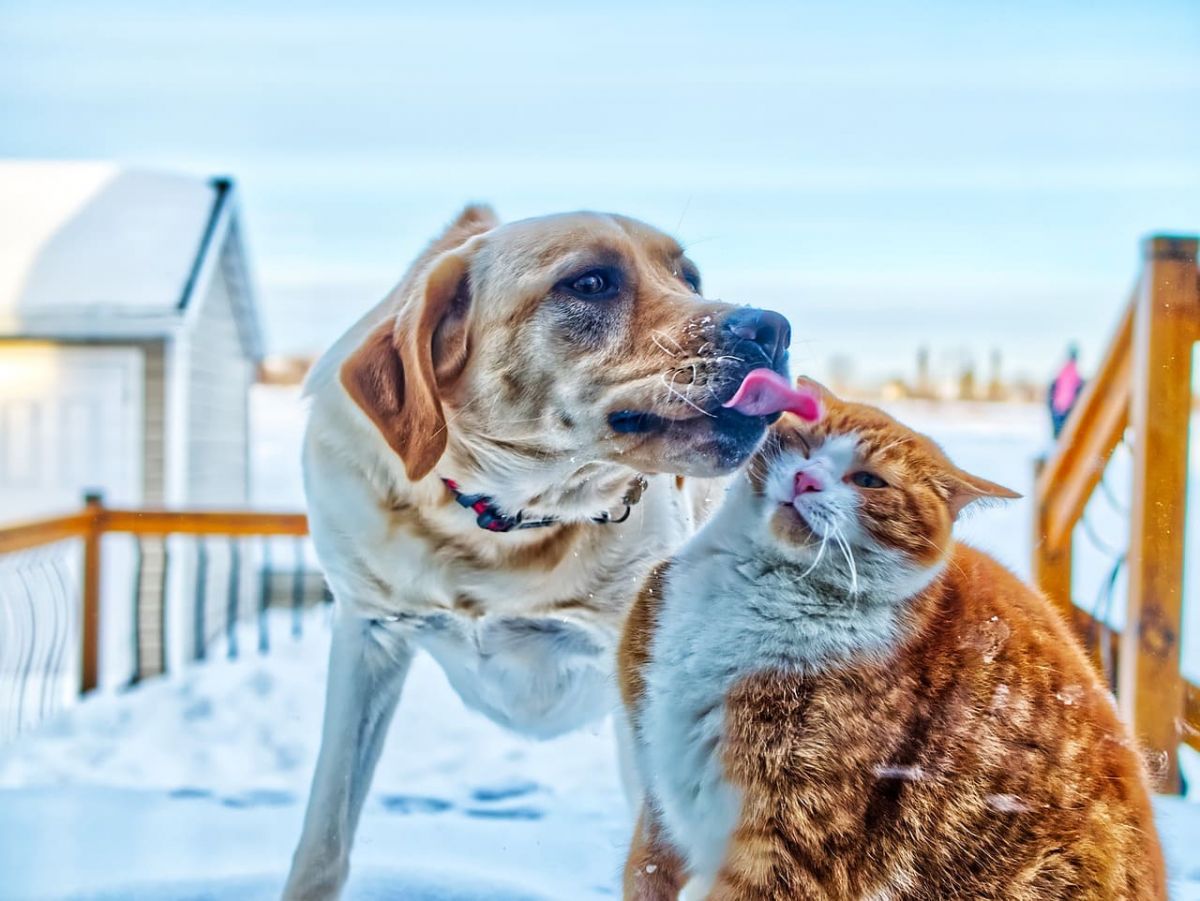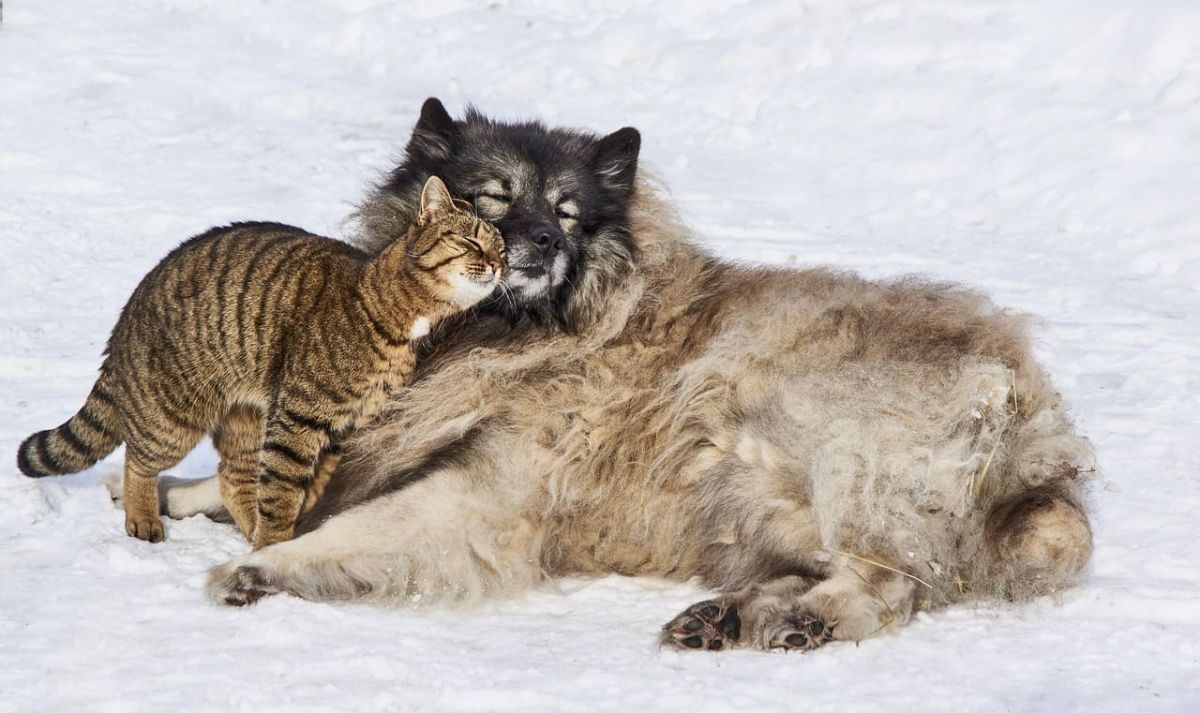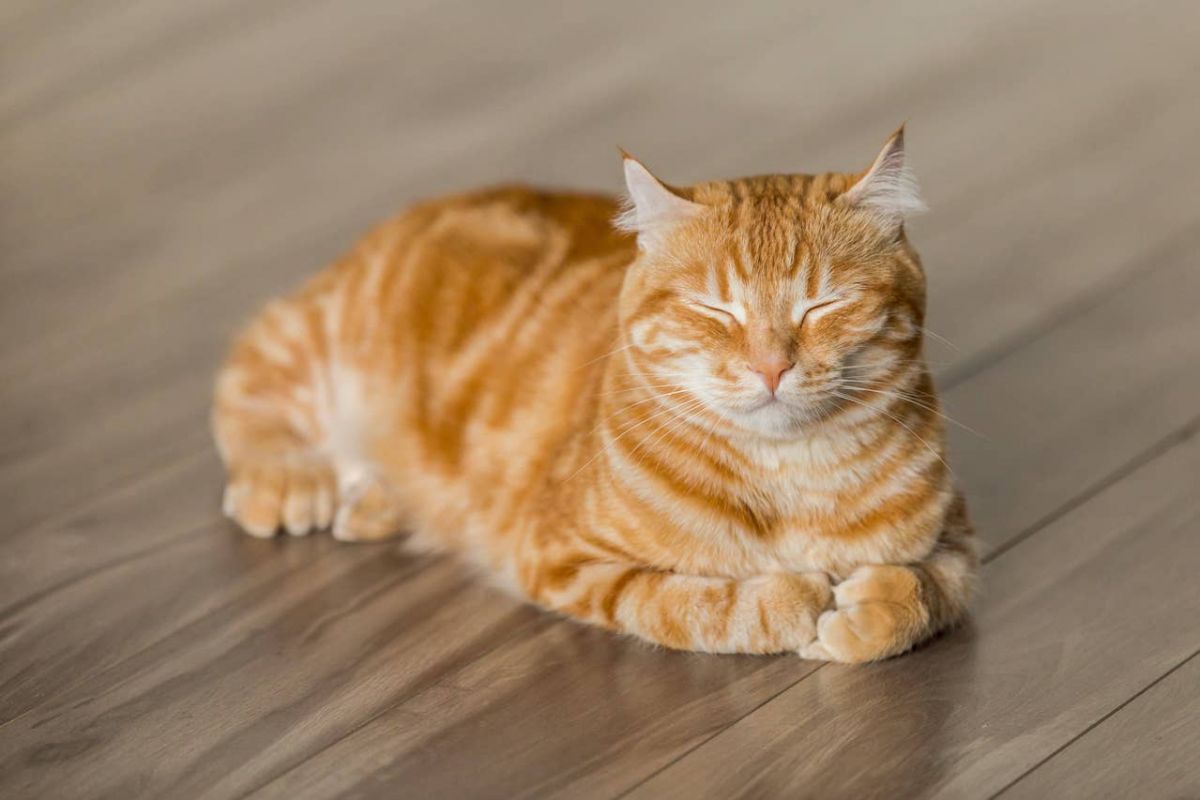How to Read Cat Body Language
 June 23, 2023
June 23, 2023
Cats are very secretive animals, and their body language can help us understand their emotions and intentions. In this article, I will share some ways to help you read your cat's body language.
First, look at the cat's tail. A cat's tail is an important indicator of their mood. When a cat's tail is pointed straight up, it indicates that it is friendly and relaxed. When a cat's tail is straight but slightly down, it indicates that it is alert and attentive. When a cat's tail hangs low or is stuck under its body, it indicates that it is afraid or upset. When a cat wags its tail back and forth, it indicates that it is in a state of excitement or anger. Looking at a cat's tail can help us gauge their emotions and intentions.

Second, look at the cat's ears. Cats' ears are also an important expression of their emotions. When the cat's ears are upright and forward, it indicates that the cat is friendly and alert. When the cat's ears are tilted back slightly, it indicates that it is in a relaxed and comfortable state. When a cat's ears are flat on either side of its head, it means it is afraid or upset. When a cat's ears are flat behind its head, it indicates that it is feeling angry or threatened. Looking at cats' ears can help us gauge their emotions and intentions.
Finally, observe the cat's eyes and facial expressions. Cats' eyes and facial expressions can also reflect their emotions and intentions. When the cat's eyes are relaxed and the pupils are normal, it indicates that the cat is friendly and relaxed. When the pupils of a cat's eyes dilate, it indicates that the cat is in a state of excitement or anger. When the pupils of a cat's eyes constrict, it means it is afraid or upset. When the cat's face is relaxed and its tongue licks its lips, it is friendly and relaxed. When a cat's face is tense and its lips are pulled back, it means it is afraid or upset. Observing cats' eyes and facial expressions can help us judge their emotions and intentions.
In conclusion, by observing the cat's tail, ears, posture and body posture, eyes and facial expressions, we can better understand the cat's emotions and intentions. However, every cat has its own unique personality and expression, so we need to spend time observing and learning to truly read cat body language. Building a good interaction and relationship with cats is also an important way to understand them.

An Authoritative Glimpse into the World’s Top Ten Most Popular Categories of Pets


Why Do Cats Squirm Before Pouncing


True Heartwarming Stories: The Unbreakable Bond Between Animals and Humans


Pets’ Interesting News and Anecdotes


Owning a Pet May Help Maintain Mental Health When We’re Over 65


Pet IQ Test: Explore Your Pet's Intelligence and Potential


Pet Insurance: A Must for Comprehensive Pet Protection


Instruction to PetSmart















